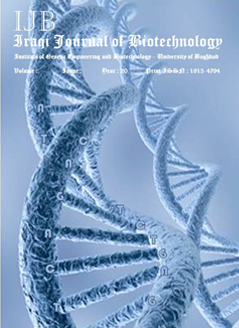Integrating Date Palm Biotechnology with community, A Review
Abstract
Date palm (Phoenix dactylifera L.) tree is one of the oldest cultivated fruit trees in many regions in Asia and Africa particularly Mesopotamia. The tree has sustained and associated with many human cultures as a source for food, wood, furniture besides the high nutritional value of fruits. The tee has been and still plays a vital role in mitigating harsh environments in the regions where date palm groves are already established. The proposed review focuses on entire utilization of date palm biotechnology in improving the environment, enrichment of flora and fauna diversity, flourishing the tourism, and other aspects of human life. Biotechnology has been integrated almost in all human aspects including the full usefulness of manipulating date palm tree. Widespread of date groves certainly will encourage the biodiversity enriching the ecosystem with a variety of fauna and flora including birds, butterflies, insects, other plant species, and soil microorganisms. Industry based on date palm pruning remains will also flourish the biofuel production. In the last decades, the advances in horticultural and technological practices have been reflected on the date industry shifting into modern agricultural systems. Although, implementation of this progress in some date palm countries is still a slow process. Major challenges are post-harvest and mechanization technologies that are so crucial for building rural societies


